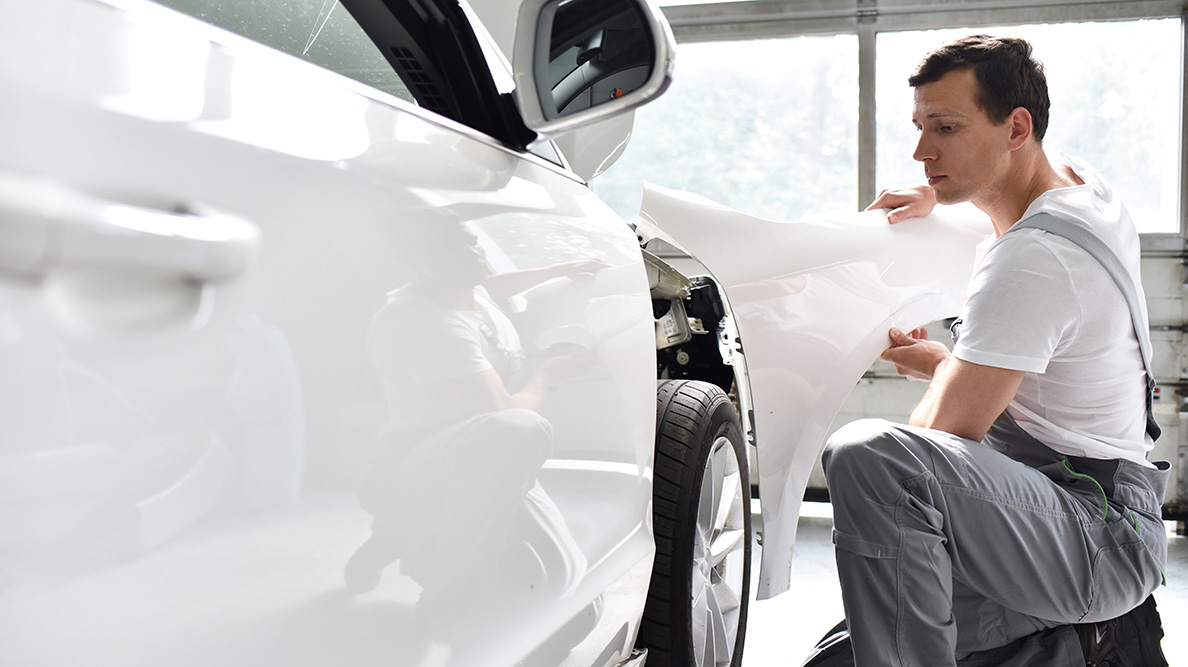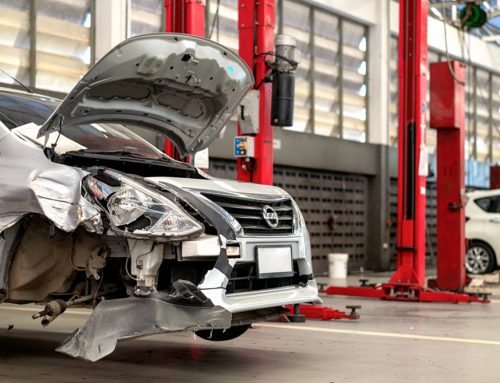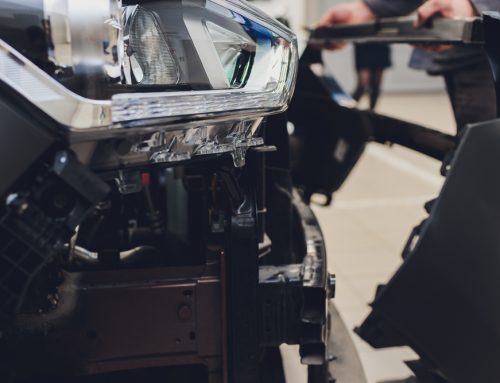Following our conference on the golden rules of performance for collision shops, this month, we are launching a series of article that will address each rule in depth. Our first rule: set an objective.
What are the platonic characteristics of a good objective?
First, what are the characteristics of a well-defined objective? You surely heard this before, but it is worth repeating; it must be specific, measurable, attainable, relevant and time bound.
A concrete example: In 30 days, I want to be able to do 100 push-ups.
Success indicators
In the collision shop industry, major influencers and ordering parties such as insurers and banners often have main objectives for you to achieve; we call them key performance indicators or KPIs.
Once they give you these indicators, you struggle daily to meet them, and you will be judged as if you were in a sporting competition. Ordering parties will rank you and give as much work as you can take on according to their criteria. If you perform, you may be quite dissatisfied with the money left in your pockets considering all the efforts you made.
Discovering the master KPI
Let me ask you this question; as a shop manager, what about your own KPIs? You may answer: “Well, if I start using my own success indicators, will it affect those from my work providers?”
The answer is simple: no, not unless you choose the right master KPI. For example, in a large hardware store, THE indicator a manager would never lose sight of is the business volume per square feet.
A collision shop manager usually must produce a certain work volume. This is an excellent hint for choosing your master KPI. Now, some will base their KPIs on dollars earned in a week while others look at the number of vehicles to repair over a given period. These are two falsely good ideas…
Notably because when people beat their objectives, they generally tend to slow down and postpone repair opportunities so they can meet their KPIs for the upcoming weeks.
Why is the dollar KPI a falsely good idea?
Let’s say you get a 2019 Porsche 911 that has suffered a moderate fender bender requiring the replacement of several quality parts. The value of the parts for the Porsche will misrepresent your week, and if you limited yourself to take on new repair jobs only, it means that your resources are not optimized for that week. In other words, they’re twiddling their thumbs.
Why is the number of vehicles KPI a falsely good idea?
This indicator is more common than the money one and it stems from an old mentality. It is far from the current KPI principles.
If the maximum capacity in your shop is 250 estimated hours produced per week, they you may well reach it by receiving either 25 mid-sized repairs or 10 large ones. With this logic, you will sometimes find yourself underloading or overloading your workshop. In any case, you will lack consistency in reaching optimal performance.
Which master KPI should I choose for my collision shop?
The most reliable ally for a collision shop manager is easy to find, and I left a hint in the previous paragraph. It’s the estimated hours delivered weekly. This indicator never lies and ensures optimal use of your resources.
By relying on this master KPI and always questioning it to improve it, you will easily be able to take on the KPIs from your work providers because you master KPI will drive all the other ones toward success.
Other KPIs
Now that you have a master KPI, you can choose more, but not too many. You must be able to monitor them easily. Your margin, for example, could be another good indicator of success along with your master KPI. You could also assign one per department. For estimating, it could be the number of estimates per severity, for example, and for painting, the ounces of paint per estimated hours produced per painter. Of course, when speaking of estimated hours produced per week, we should be able to divide this number by the number of technicians, giving them personal objectives to reach.
What is the best tool to monitor the estimated hours delivered weekly?
Time to preach for my side. The precision tool built to optimize your performance and unrivalled for boosting collision shop results is ProgiPlanning.
All management software will help you move along and accomplish many tasks, but none beat ProgiPlanning for capacity planning and meeting you estimated hours delivered each week, it was created for this one purpose.
Author: Alexandre Rocheleau
Collaboration: Charles Aubry
Translation: Sophie Larocque
Edition: Émilie Blanchette





